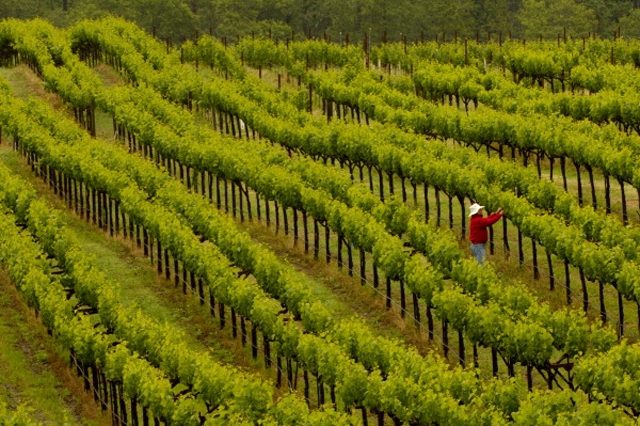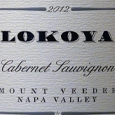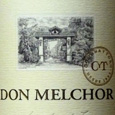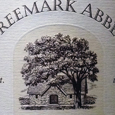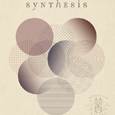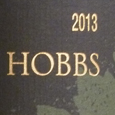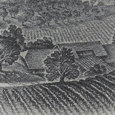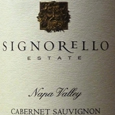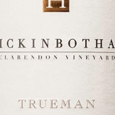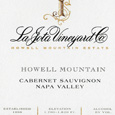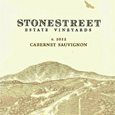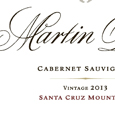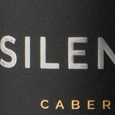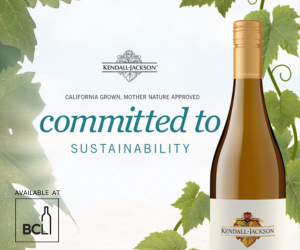There is little doubt that the cabernet sauvignon grape is responsible for some of the biggest (tannic) wines on the planet.
Certainly the physical nature of cabernet tends to be big, angular and tannic in its youth and, while it mellows with age, even the finest cabernet sauvignon seldom melts in your mouth the way merlot or pinot noir eventually will.
Cabernet grape bunches grow best in well-drained loam or gravelly loam soils on hillsides. The tough skin variety grows in mostly loose clusters with large pips and has a relatively high skin-to-juice ratio. This results in wines high in tannin and colour. On the minus side, it is a late ripener that requires added warmth and growing time to develop fully-ripe tannins and fruit flavours. Yet, if subjected to too much heat, cabernet sauvignon can become overripe, displaying less agreeable jammy, stewed fruit and prune characters. But when it perfectly ripens, cabernet reaches a level of harmony and balance that makes it a legend among red wine grapes.
The best cab has abundant but soft tannins with concentration and flavour complexity. Winemakers strive to achieve blackberry, cassis, black cherry and jam fruit flavours with black pepper and spice characters. Often, there is a light overlay of subdued herbal qualities like ripe olives and mint, and not the undesirable green bell pepper, asparagus, green bean components often found in a less ripe cabernet. Oak barrels add extra spice, clove, vanillin and toasted flavours. When fully aged, cabernet develops sublime bottle bouquets of cedar, tobacco, violets, spices, soya, blackberry, mint and licorice. Despite its backward youth, it almost always gains a measure of complexity and elegance most other wines simply cannot match with age. To wit, there are examples still drinking well from the last century.
Cabernet sauvignon established its fame in the Bordeaux region of France, primarily in and about the Médoc, and more specifically on the left bank in the communes of St. Estephe, St. Julien, and Pauillac. Think Latour, Mouton, Lafite, Las Cases, Montrose and many more. The grape has been cultivated for centuries in Bordeaux, although its origins have only recently been discovered to have arisen spontaneously between a field cross of cabernet franc and sauvignon blanc sometime before the 17th century.
But as Bordeaux prices have risen to insane levels, the Bordelais have allowed the rest of the world into the cabernet game and places like California's Napa and Sonoma Valleys, Chile's Maipo, Maule and Colchagua Valleys, Washington's Columbia Valley and Western Australia have all joined the race.
Here's a look at some New World cabernets that are working hard on catching up to Bordeaux and surpassing them. Isn't time you decided to catch a cab?

 quicksearch
quicksearch

